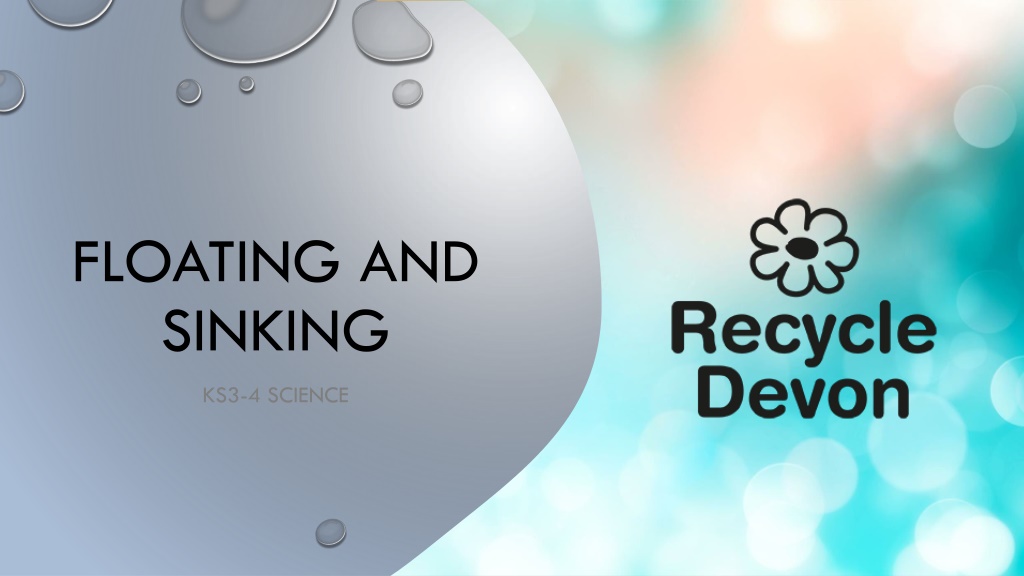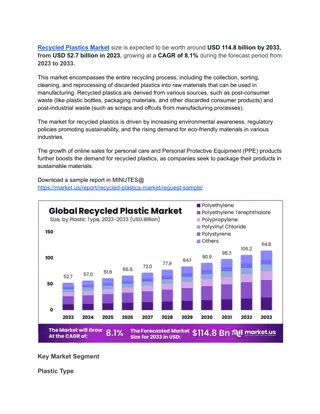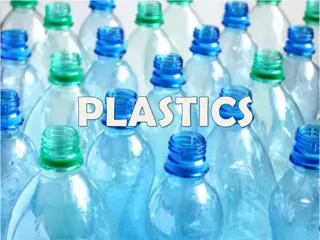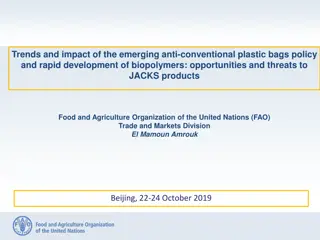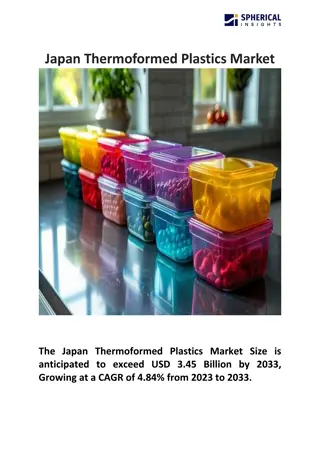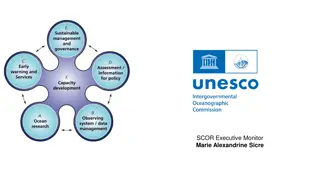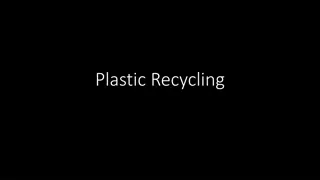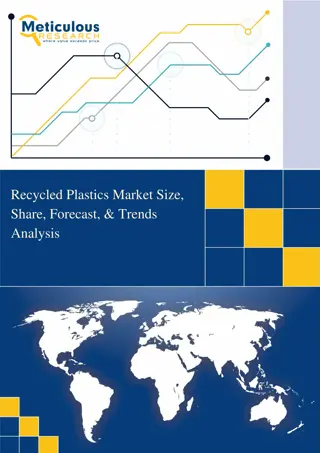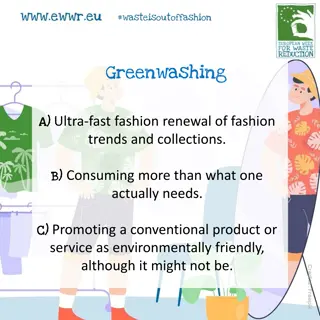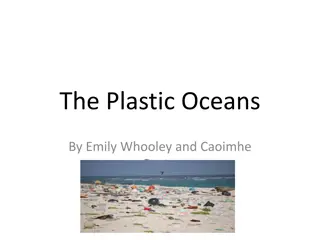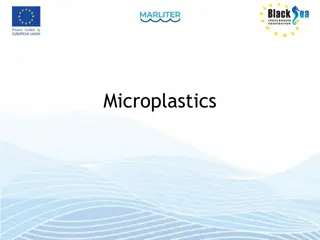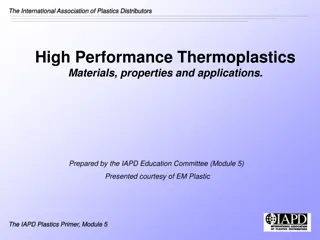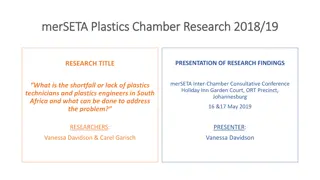Understanding Plastics and Microplastics: Impact and Solutions
Explore the world of plastics, their properties, and the issue of microplastics polluting our environment. Learn about floating and sinking behaviors, plastic polymer types, and potential solutions to tackle this global challenge.
Download Presentation

Please find below an Image/Link to download the presentation.
The content on the website is provided AS IS for your information and personal use only. It may not be sold, licensed, or shared on other websites without obtaining consent from the author. Download presentation by click this link. If you encounter any issues during the download, it is possible that the publisher has removed the file from their server.
E N D
Presentation Transcript
FLOATING AND SINKING KS3-4 SCIENCE
INTRODUCTION TO ACTIVITY LIQUID LAYERS
Picture from: Introduction to Plastics (design-and-technology-education.com) CHEMICAL STRUCTURE OF POLYMERS
PROPERTIES OF PLASTICS chemically unreactive solids at room temperature plastic they can be moulded into shape electrical insulators strong and hard- wearing
PLASTIC POLYMER CHART Density range (g/cm3) Plastic icon Acronym Polymer name Uses Soft drink bottles, mineral water bottles, fruit juice and cooking oil containers. Resin identification code - Wikipedia PETE Polyethylene terephthalate 1.4 High-density polyethylene - Wikipedia Milk bottles, shampoo bottles, laundry detergents and washing-up liquid bottles. HDPE High-density polyethylene 0.95 Free Icon | 3 pvc PVC Polyvinyl chloride Packaging for sweets or fruit, bubble wrap. 1.29 LDPE Low-density polyethylene Plastic bags, film plastic, plastic wrap. 0.92 Furniture, toys, suitcases, plastic storage boxes, car bumpers, dashboards. PP Polypropylene 0.90 Toys, packaging materials, refrigerator trays, costume jewellery, CD cases, disposable cups. PS Polystyrene 1.07 Including lycra, acrylic, PLA, nylon, fibreglass, polycarbonate. Other Other plastic polymers Variable Values for plastic density from Polymer Academy website: https://polymeracademy.com/density-of-various-plastic/ Accessed 8 Feb 2020
MICROPLASTICS 75% of all plastics float, while 25% sink. Plastics never fully degrade in natural environments like the sea. Small pieces of plastic called microplastic are now present everywhere on Earth. They have even been found high up on Mount Everest and even in the centre of Antarctica.
MICROPLASTICS FLOATING AND SINKING EXPERIMENTS
SOLUTIONS? OCEAN CLEANUP PROJECT - HTTPS://YOUTU.BE/QRSQUALOFQI PLASTIC EATING BACTERIA - HTTPS://YOUTU.BE/DDHPUYRSQ3E OTHER IDEAS - HTTPS://YOUTU.BE/FWFB-8HFUTY
